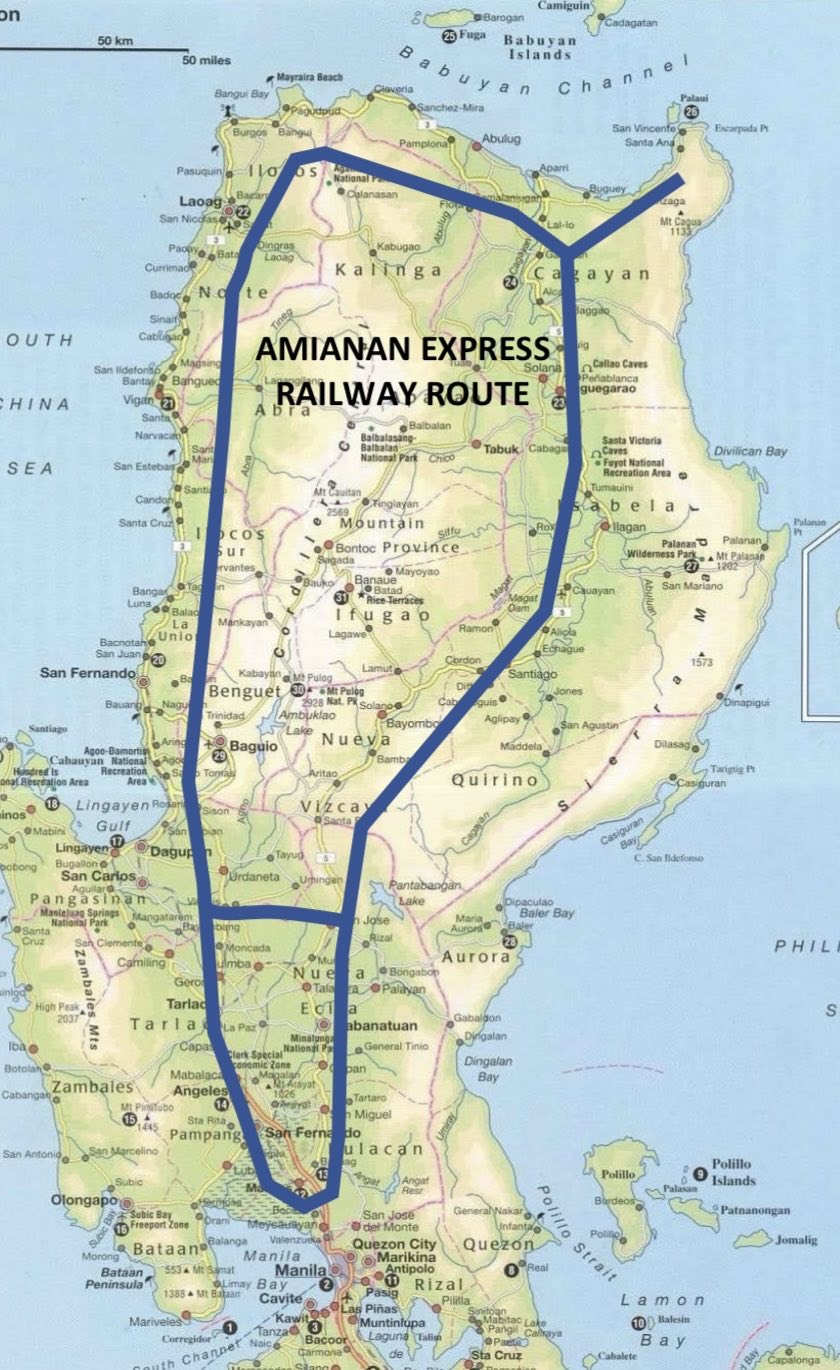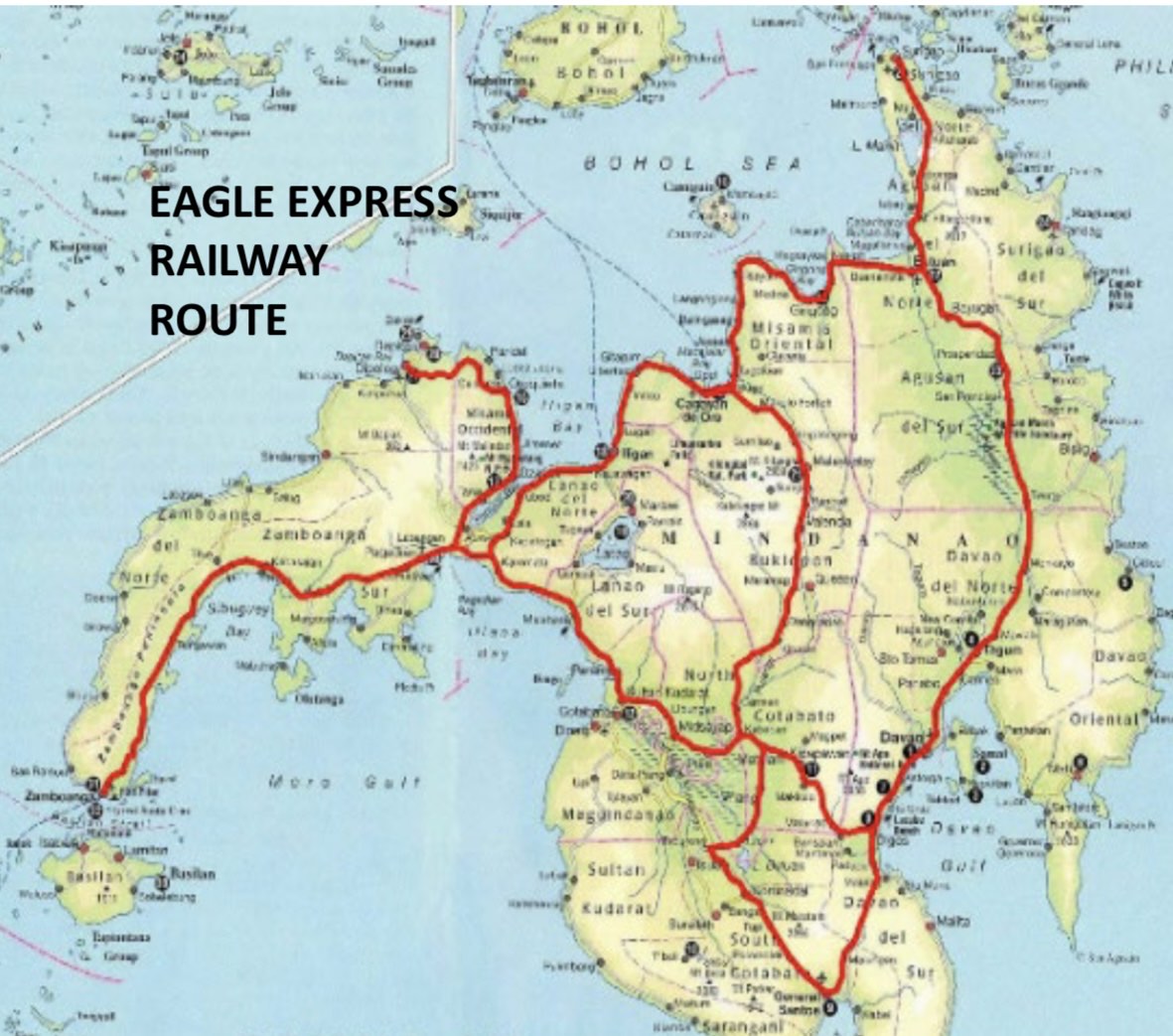Key to economic progress: Government launches Philippine Railway Development Plan to modernize, expand railway networks nationwide

The national government has spearheaded an unprecedented railway development plan as part of the multi-billion-dollar investment program that is expected to alleviate the Philippine economy, reduce traffic congestion, enhance connectivity, reduce carbon emissions, and enhance food security across the archipelago.
Spearheaded by President Ferdinand Marcos, Jr. and Chief Presidential Legal Counsel Juan Ponce Enrile, this development plan aims to modernize and significantly expand the country's railway network through construction of new railway lines that will integrate existing railway infrastructures, and introduce state-of-the-art railway system technologies.
The plan includes the development of high-speed rail networks, suburban commuter lines, and inter-island connections, marking a pivotal shift towards sustainable and efficient public transportation.
Top economists in both the government and private sectors emphasized the transformative impact of this endeavor, stating, "The Philippine Railway Development Plan” is not just about building tracks; it's about building the foundation to a brighter future for our nation. By investing in modern and reliable rail systems plus technology transfer, we are laying the foundation for economic growth, food security, environmental sustainability, improved productivity and quality of life for all Filipinos."
Under the program, there are two major railway flagship projects to be unveiled soon, the North Luzon Railway Project also known as “THE AMIANAN EXPRESS” and the Mindanao Railway Project also known as “THE EAGLE EXPRESS”.
The railway system shall be equipped with cutting-edge passenger and freight trains capable of speeds up to 180-200 kilometers per hour, this railway system promises to significantly reduce travel time, enhance connectivity and delivery of manufacturing and farm produce between key economic hubs in North Luzon and in Mindanao.
The Amianan Express
The Amianan Express has approximately 1300-kilometer high-speed and commuter lines connecting the Clark Freeport Zone in Pampanga to Cagayan Export Zone in Cagayan Valley to other 12 provinces in the region.

Once the “Amianan Express” operates, a traveler can experience the North Luzon loop in a day.
For those planning to have a ‘rail trip’, equivalent to the popular road trip among the Filipinos, they could have a breakfast by the beach in Pagudpud, Ilocos Norte; then have fresh seafood lunch in Sta.Ana, Cagayan; then have dinner in a floating restaurant in Nueva Ecija; and later end the day in Clark, Pampanga.
The Eagle Express
The “Eagle Express” has an approximately 1500-kilometer high-speed railway system that connects all key cities in the Mindanao region.

Once it starts to operate in Mindanao, one can experience and see the beauty of Mindanao in a day by having beach breakfast in Siargao, having steak for lunch with unlimited freshly squeezed pineapple juice at Del Monte Plantation in Bukidnon then have a tuna steak dinner with durian shake in General Santos, then back to Davao City for a relaxing evening rest with a hot tablea chocolate drink.
More jobs
Both the Amianan Express and the Eagle Express are expected to transform the economic landscape of the country, as well generate at least 200,000 jobs during the construction stage alone and at least 10,000 jobs during the train operations.
These two major rail projects have garnered widespread support from both the public and private sectors, with international partners from Korea, Singapore, Japan, Europe, and the United States expressing sincere interest in collaboration and investment.
With the Asian Development Bank (ADB) and Korean Exim Bank signifying strong support for the Amianan Express project, other international partners are expected to follow soon. As construction commences and new lines become operational, Filipinos can look forward to a future characterized by efficient, affordable, and environmentally friendly transportation options.

With the Amianan Express and Eagle Express, the seemingly unattainable experience becomes achievable.
More projects
The Philippine railway plans extend its reach to underserved regions, with plans to construct new lines in Bicol, Palawan and Visayas.
This inclusive approach aims to bridge the gap between rural and urban areas, unlocking opportunities for economic development and empowering communities across the country.
Creation of more economic power hubs and tourism hubs is seen as inevitable as the rail system emerges leading to the nation’s greater progress.
Furthermore, part of the Railway Development Plan initiatives is to prioritize sustainability, with focus on Technology Transfer through the establishment of the PHILIPPINE RAILWAY ACADEMY.
The Railway Academy will be the FIRST of its kind in the country. The academy shall open the 1st Railway Engineering Course and is expected to generate much needed Railway Engineers and Railway Specialists for our modern future railways.
Notable groups of railway consortium experts from Korea who are participating in this railway development program of the Philippines are committed to support the Railway System Sustainability Goals of the Philippines. It is seen that after the completion of the
Amianan Express, the Eagle Express with the Philippine Railway Academy in 2032, Future Filipinos shall be self-reliant and capable to do design & development, construction, operate and manage new and existing railway systems on its own.
As the Philippines embarks on this historic journey towards a modernized railway network, it sets a precedent for sustainable development and progress in the country. With innovation driving every rail laid and every station built, the nation stands poised to reap the benefits of this transformative endeavor for generations to come.